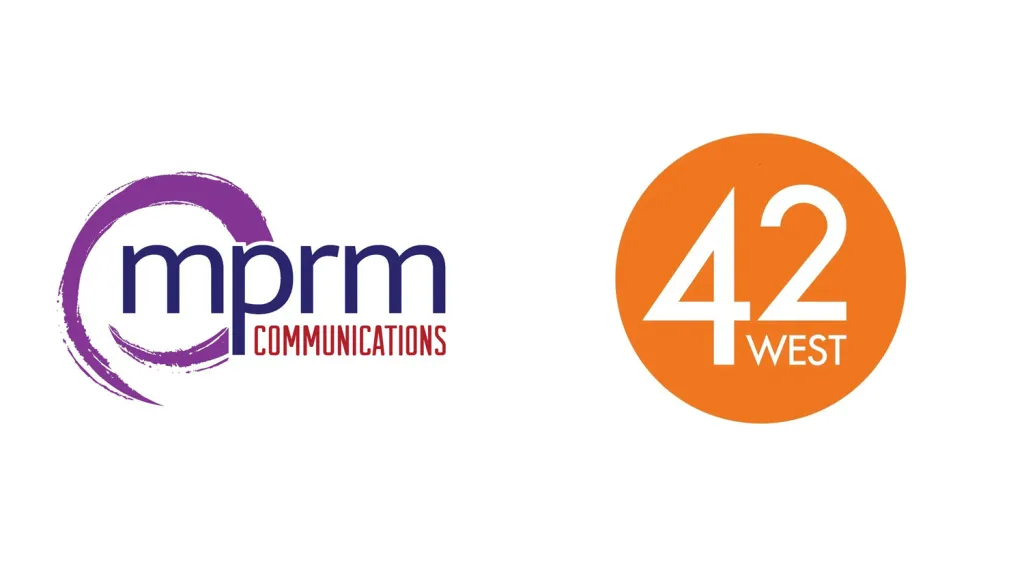
Quantum technology is one of the most promising opportunities of the coming decade, with several billion dollars already invested, a wide variety of early products reaching the market, and a growing talent influx fueling hundreds of startups.
Quantum computers are expected to solve problems currently intractable for even the world’s fastest supercomputers. Their core strengths — efficiently finding hidden patterns in complex datasets and navigating vast optimization challenges — will enable the design of novel drugs and materials, the creation of superior financial algorithms and open new frontiers in cryptography and cybersecurity.
The most interesting quantum computing applications will emerge when these machines are in widespread use. Thousands of physicists and engineers are working on ways to ensure that qubits — the basic unit of quantum information — interact reliably, aren’t affected by extraneous noise, and can scale up. The momentum in the market has clearly shifted the conversation from “if” to “when.”
As the quantum industry moves from the lab to the fab, five major trends are driving the next wave of technology and business models:
Quantum error correction
The quantum ecosystem now largely agrees that simply scaling up today’s computers, which suffer from significant noise and errors that prevent fault-tolerant operation, won’t unlock the most valuable commercial applications. The industry’s focus has shifted to quantum error correction as the key to building robust and scalable fault-tolerant machines.
With this shift, we’re seeing increased interest in companies focused on error correction capabilities, including Riverlane Ltd., Q-CTRL Pty. Ltd. and Qedma Ltd. There is also significant innovation being applied to encoding physical qubits into logical qubits using not just the classic surface code, but also novel alternatives such as quantum low-density parity check codes, which protect quantum information against noise and decoherence.
The middle of the stack
Most early quantum computing companies tried a full-stack approach. Now that the industry is maturing, a rich ecosystem of middle-of-the-stack players has emerged. This evolution allows companies to focus on what they do best and buy components and capabilities as needed, such as control systems from Quantum Machines (Q.M Technologies Ltd.) and quantum software development from firms such as Classiq Technologies Ltd. and Algorithmiq Oy.
Scale-out architectures
The primary path to more powerful quantum computers initially was through scale-up architectures built on larger and more capable single-quantum processing units. However, recent innovations in quantum networking technology have made a scale-out approach a serious contender. Among the companies doing pioneering work in this area are Nu Quantum Ltd., memQ Inc. and Icarus Quantum Inc. This strategy involves linking multiple QPUs to work together as one distributed machine, which could even enable different types of qubits to collaborate on a single problem. Transduction from solid-state systems to the optical signals remains a significant challenge, however.
Innovation in scale-up hasn’t slowed. Startups such as Alice & Bob SAS and Qolab Inc. are driving advances in qubit and architecture design and fabrication.
Input-output and cryogenics
Significant innovation is happening in this area, driven by the demands of both scale-up and scale-out architectures. The core challenge lies in controlling and reading out thousands or millions of qubits without destroying their quantum states.
For solid-state systems, such as superconducting and silicon spin qubits, the traditional solution of running separate wires for each qubit creates significant engineering challenges, as each wire introduces heat and noise into the ultra-cold quantum environment. It’s also difficult to fit physically an ever-growing number of cables into the refrigerator.
Alternatives that reduce both the number of cables and their thermal load are emerging, such as improved density (Delft Circuits B.V.), cryogenic qubit control capabilities (Diraq Pty Ltd.’s cryo-CMOS) and alternative approaches such as Qphox B.V.’s optical fiber.
Mergers and acquisitions
This trend is playing out at a scale that few investors, including us, anticipated. IonQ Inc. has made several bold acquisitions in 2025, including computing technology with Oxford Ionics Ltd., interconnects and memories with Lightsynq Technologies Inc., communications with ID Quantique SA and Qubitekk Inc., and even space with Capella Space Corp.
Some companies from the first quantum wave are now able to act as strategics and incumbents. We expect similar dynamics in other quantum computing sectors to help shape the space over the next decade.
The journey to fault-tolerant quantum computing is a marathon. Though the challenges are immense, the acceleration of progress across the entire stack is undeniable. The foundational technologies for a new era of computation are being built today. Solving the bottlenecks to quantum computing at scale is a massive commercial opportunity.
Kike Miralles is an investment director at Intel Capital Corp. He wrote this article for SiliconANGLE.
Image: SiliconANGLE/Microsoft Designer



